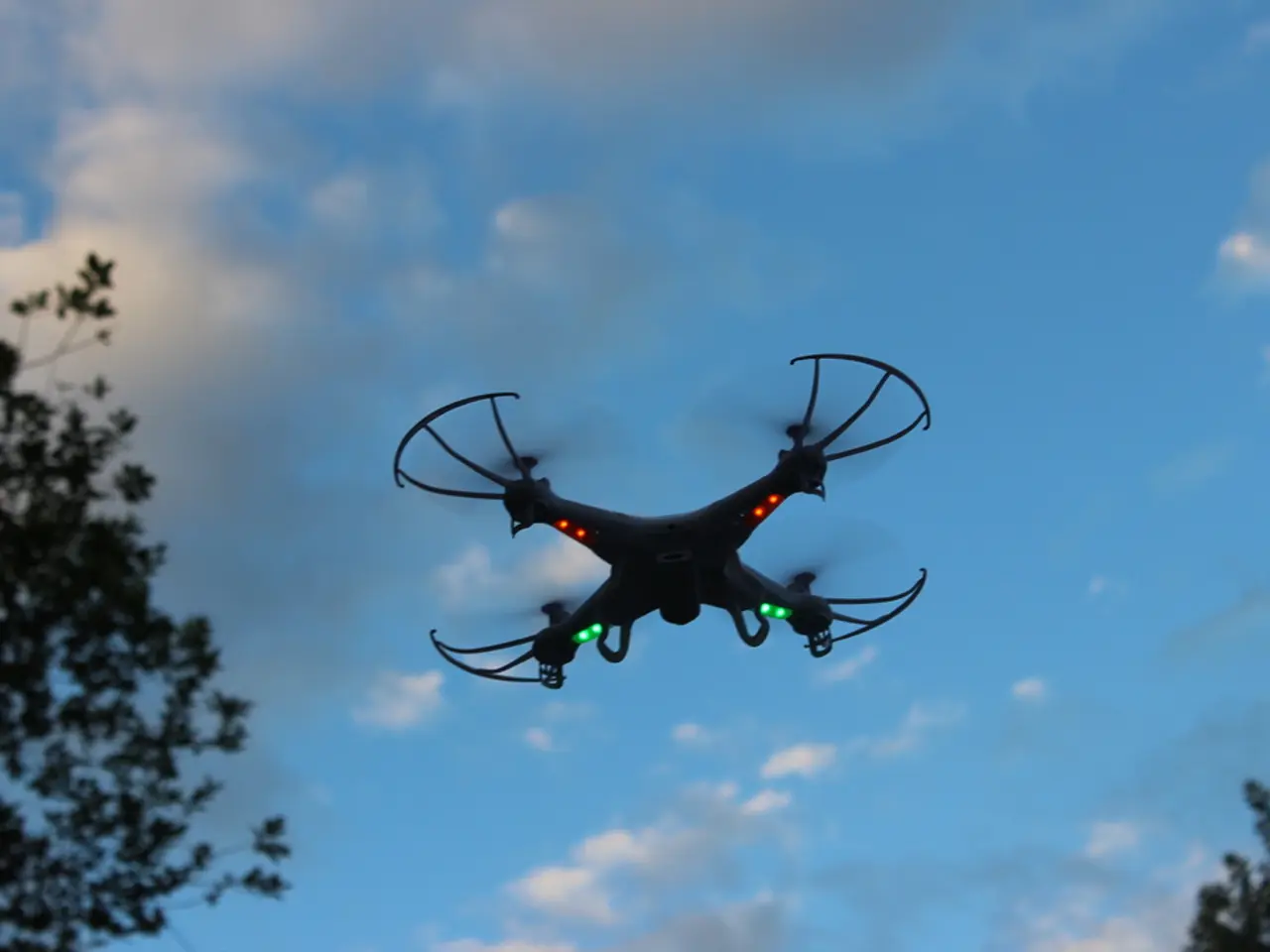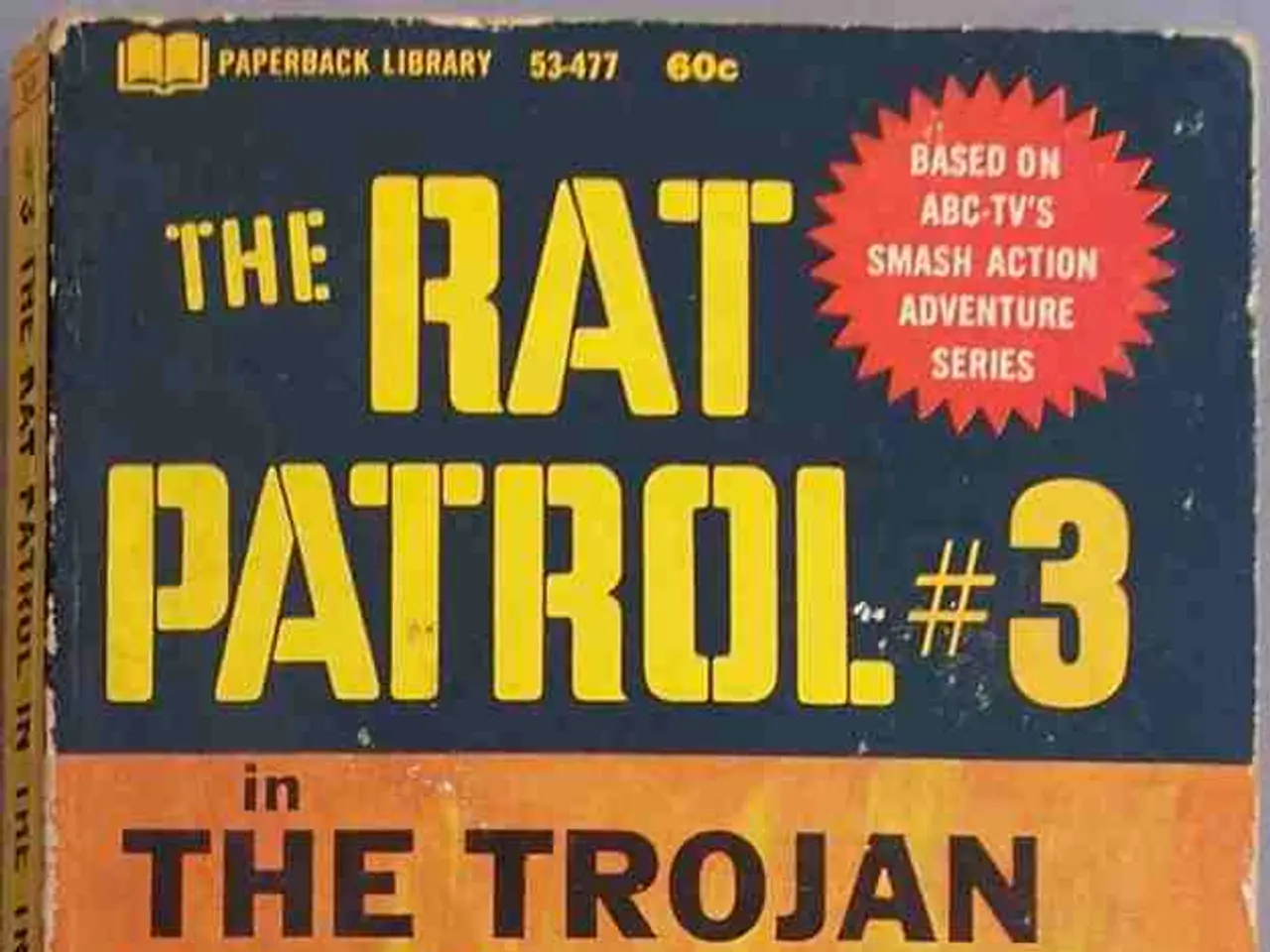Monday's northwest capital area was alleged to have been captured on film by a local resident, using a drone.
An enemy drone has been confirmed to have entered Lithuania, according to open-source intelligence and official sources. On July 10, 2025, a drone crossed from Belarus into Lithuanian airspace near the closed Šumskas border crossing and crashed about a kilometer inside Lithuania.
Initial reports suggested the drone was a Russian-made Shahed, but it was later identified by the Lithuanian Border Guard Service and Armed Forces as a crude UAV made of plywood and foam, likely a Russian "Gerbera" drone used as a decoy or reconnaissance tool without any explosives or payload.
The incident triggered a security alert in Vilnius, causing top Lithuanian officials, including the Seimas Speaker and Prime Minister, to take shelter under emergency protocols. The drone posed no direct threat but led to an ongoing investigation by Lithuanian authorities.
Following this and other drone incursions, Lithuania is actively enhancing its airspace surveillance, drone detection capabilities, and counter-drone measures via both electronic and kinetic methods. Lithuania's Defense Minister confirmed the country is learning from neighbours and Ukraine in countering drones and is investing in specialized radars and an expanded number of sensors to quickly identify threats. However, Lithuania currently lacks authority or capability to shoot down drones over Belarus and must carefully assess the risk before engaging them within its borders.
One eyewitness, Lukas, a Vilnius resident who works in a state institution, shared a video on social media and sent it to the police and LT72. The video obtained by Lukas in Pašilaičiai shows both the drone and the district, and its authenticity has been confirmed by OSINT analysts. Lukas has not received any contact from the authorities since sending the video.
Over 30 calls were received by the Emergency Communication Center regarding the drone sighting in Pašilaičiai, and specialists are tasked with finding out who made the calls and from where they originated. Suspicions have arisen that the videos circulating were filmed in Ukraine.
Delfi obtained a video showing a drone spotted in the Fabijoniškės district of the Lithuanian capital. The video from Pašilaičiai, which was geolocated, was one of the reliable methods used by OSINT analysts to confirm the location where it was made.
In summary, a drone has entered Lithuania from Belarus near the Šumskas crossing, crashed about a kilometer inside, and was identified as a low-tech "Gerbera" UAV. Actions taken include top officials sheltering, an investigation launching, and Lithuania enhancing its drone detection and air defense systems. However, Lithuania currently lacks authority to shoot down drones over Belarus and must carefully assess the risk before engaging them within its borders. This confirms the drone incursion, its location near the Šumskas border area, and the resulting governmental response and strengthening of Lithuania’s air defense capabilities.
Politics surrounding the drone incident in Lithuania, first reported on July 10, 2025, have opened a discussion on general-news platforms about Lithuania's capabilities and authority regarding crime-and-justice matters related to this border incursion. As tensions rise, the country is actively reviewing its air defense strategies to counter potential future drone attacks.








